By Jane Linz Roberts
This is an opportunity to look an object in your home and to re-imagine it as a creature or animal either real or mythic. It’s a chance to unleash your imagination.
Don’t forget to share your creations or post online and tag @natsatclub and @lmetnatsatclub
Overview
This activity challenges you to look at the physical form of an everyday object and to imagine how it could be transformed by modifying its shape, colours and textures. How far could you go in bringing an inanimate object to life?
Designers may draw on animal forms to influence their work in furniture and product design, fashion and even architecture.
I’m a Theatre and Film Designer and I sometimes need to work in the opposite way by transforming everyday objects so that they ‘fit’ in an imagined theatrical world. The object must still retain its function but it needs to be disguised to fit an exaggerated theatrical world. The adaptations can be subtle or high impact.
Have a go at imagining your own transformation. You can work in 2D or 3D.
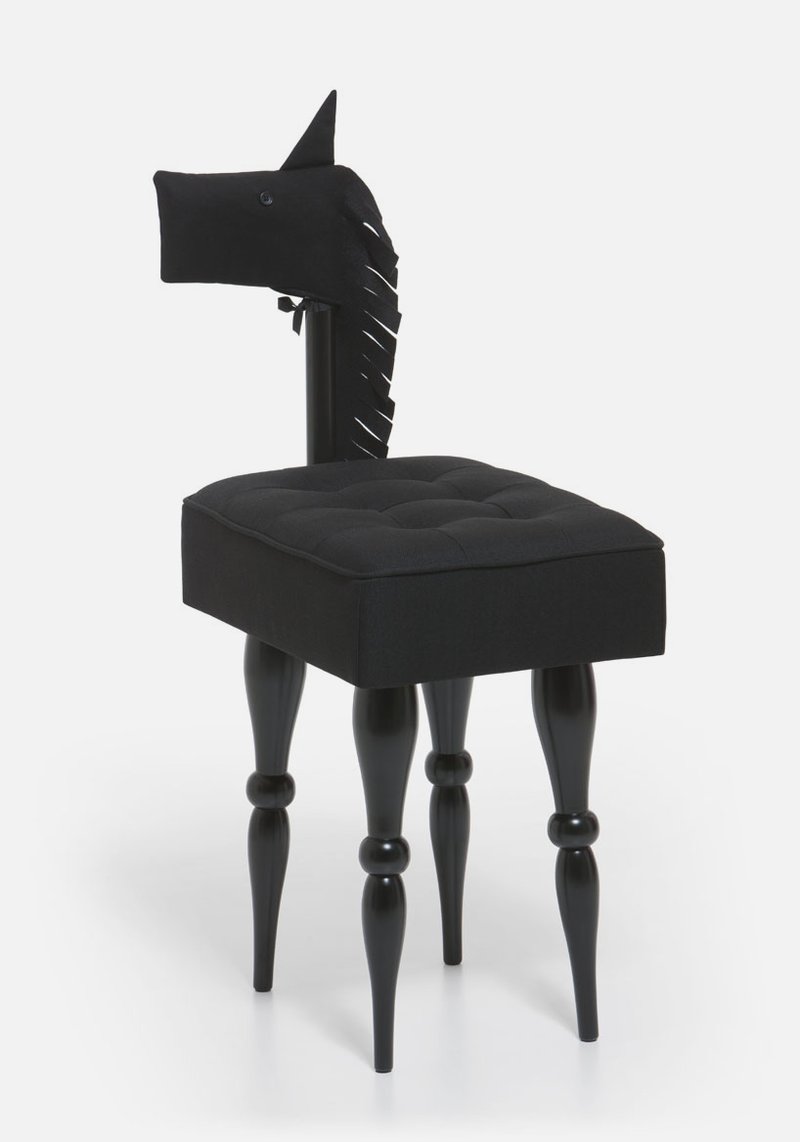
created by Biaugust Design Studio
Materials needed
Don’t worry about spending time finding materials, just work with what you have easily to hand. It often works best to limit your materials so that you make a really strong statement, below are some ideas of what to look out for.
- Pencil
- Paper/sketchbook
- Your preferred colour materials that you have at home such as paints, felt pens etc.
- Foil, tissue paper and/or newspaper can all be useful for building up shapes
- Scrap card, recycled packaging, straws for making 3D shapes
- Magazines, fabric and wrapping paper for collaging colour and texture onto your 2D or 3D work.
- Other 3D material you may have at home such as: Plasticine or clay, feathers, twigs, shells, mall beads, household fasteners such as paper clips, bull dog clips, wire fasteners
Activity part one – Find your object
Look around you at home. Think about the potential of the things you see to become animal-like. What are their characteristics, shapes and features? What animal would they be if they were an animal?
Choose one object that you think would lend itself to your ‘animal make-over’. Your object could be something quite small or it could be something throw away that is ready for the re-cycling bin.
For inspiration you could look at how other product designers/architects/engineers have used animal forms. Here are some examples.
Zaha Hadid’s London Aquatic Centre based on the shape of the sting ray:
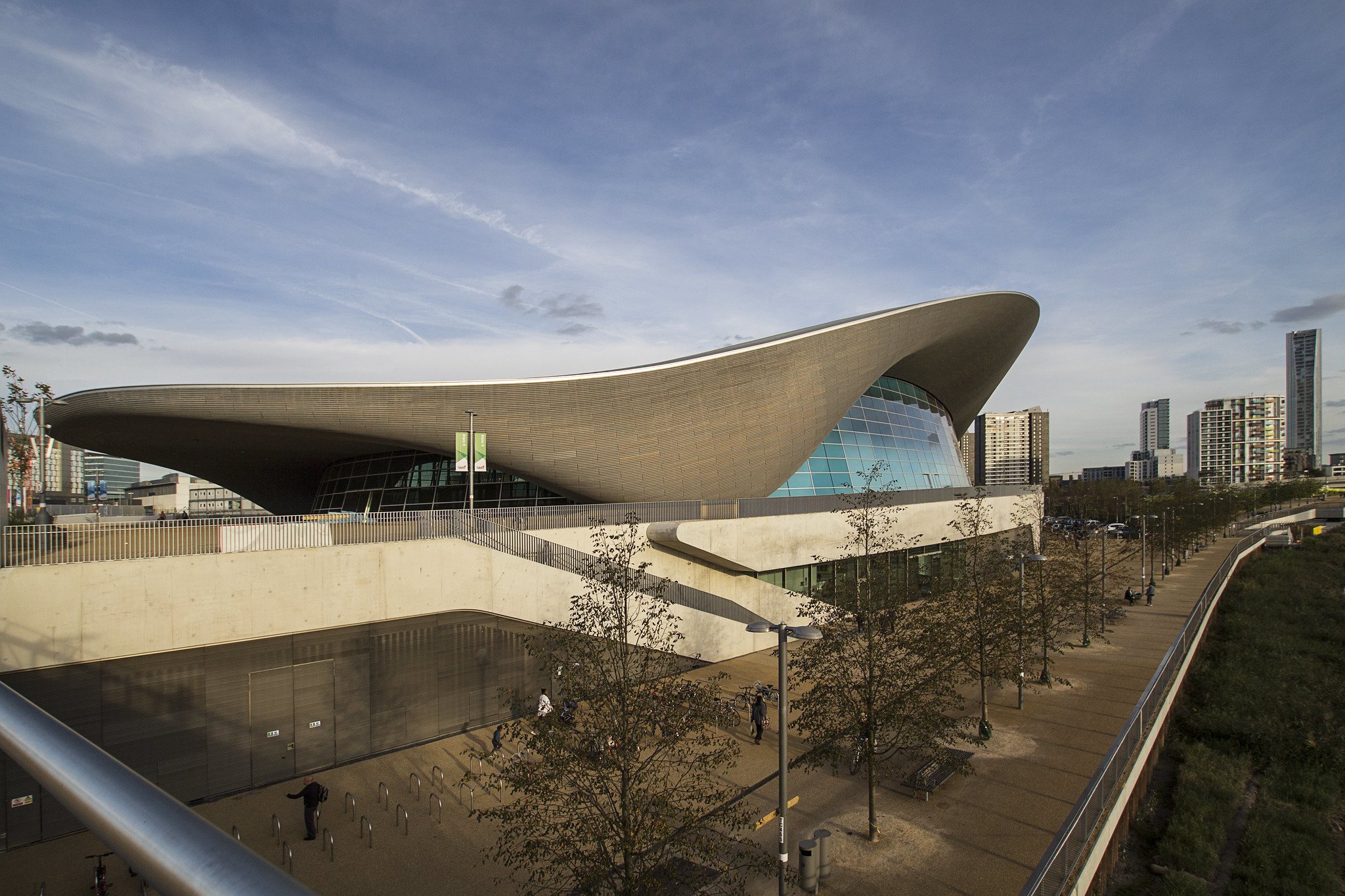
Table by Boca do Lobo table
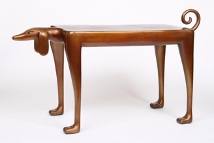
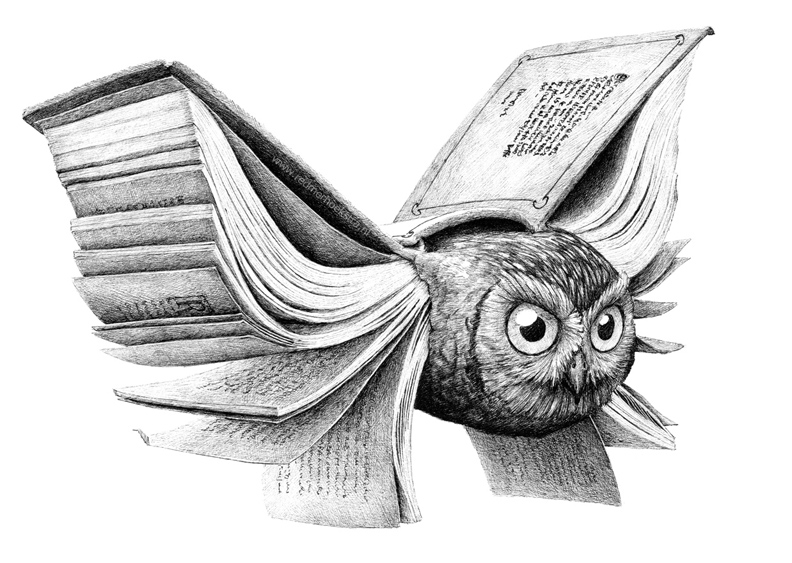
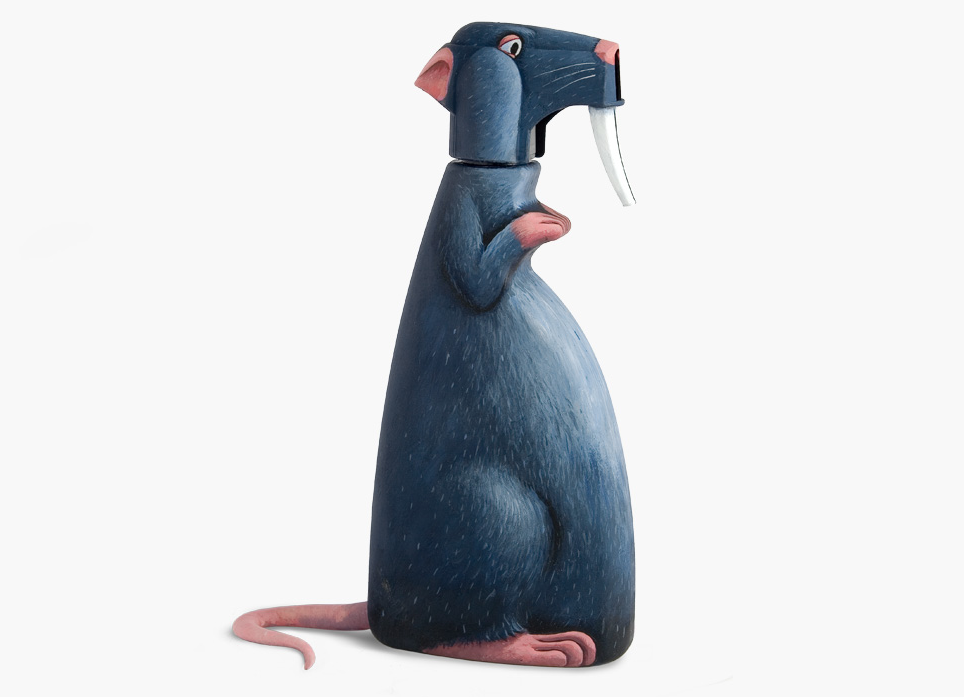
Now look for some reference for the animal form you would like to create whether it is mythic or real.
Spend some time getting to know your object by drawing or photographing it from different sides.
Do some speedy pencil sketches to experiment with your ideas by trying out different ways of transforming your object.
Do you want to push your transformation to the extreme? Or do you want to keep it quite subtle?
Think about how the qualities of your object can match the mood of your animal. E.g. a saggy sofa might become a slumbering or lazy creature. A dining chair might become an animal with poise and elegance.
Activity part two – Work up your ideas into a design
Either
Continue by developing your drawing with colour, collage or texture. Really focus on the form and surfaces of your object. How will the object be extended and re-shaped? How can your 2D materials express the patterns and textures of your animal inspiration in a really tactile way?
Or
have a go at making a 3D version of your idea. Keep the scale of your model small so that you do not run out of materials or give yourself a difficult construction job. As a guide I would suggest you make it to a size that would sit easily on an A4 piece of paper. If you have chosen something small or recycled you may be able to use the object itself as your starting point.
Whichever you do, use your materials to show how the object and the animal merge.
Try to bring some character to the animal/object.
Some useful techniques and materials
- If working in 2D think about using a piece of card e.g. corrugated card from packaging, so that when you add paint or glue your background will not wrinkle or disintegrate.
- Rounded shapes can be built by scrunching up paper or foil to roughly form the shape. Then wind it round with sellotape to firm it and define the shape more. You can then use PVA glue to stick torn pieces of paper over the sellotape layer.
- This same process can be used to join it to another shape but you will need to fix it in place with tape or glue first and then build up several layers of paper and PVA. Leave it to dry completely before you continue to work on it.
- Be resourceful – if you do not have glue think about incorporating other household objects that do the job e.g. pegs, bull dog clips, paper clips, hair pins/clips, the wire fasteners that come with food bags etc. These could even add to the character of your object!
- Have fun with your materials. Paper can be crumpled, torn and pulped. Wool can be teased into a frizzy texture or perhaps you know how to make pom-pom shapes with it. Fabric can be frayed and layered to suggest fur.
- Take your time – you can work on this project over a period of days allowing it to dry in between.
Keep it strong and simple – remember you choose the elements from the animal that you want to use. You don’t need to use all of them.
Document your process
Remember to take photographs throughout the activity to record your process. Take pictures of your final piece from different angles. You could place it in various household settings that suggest a ‘habitat’ for your animal object. Be playful and experiment.
Share your creations or post online and tag @natsatclub and @lmetnatsatclub
Thank you for taking part in the London Metropolitan University Art&Design Saturday Club Workshop.
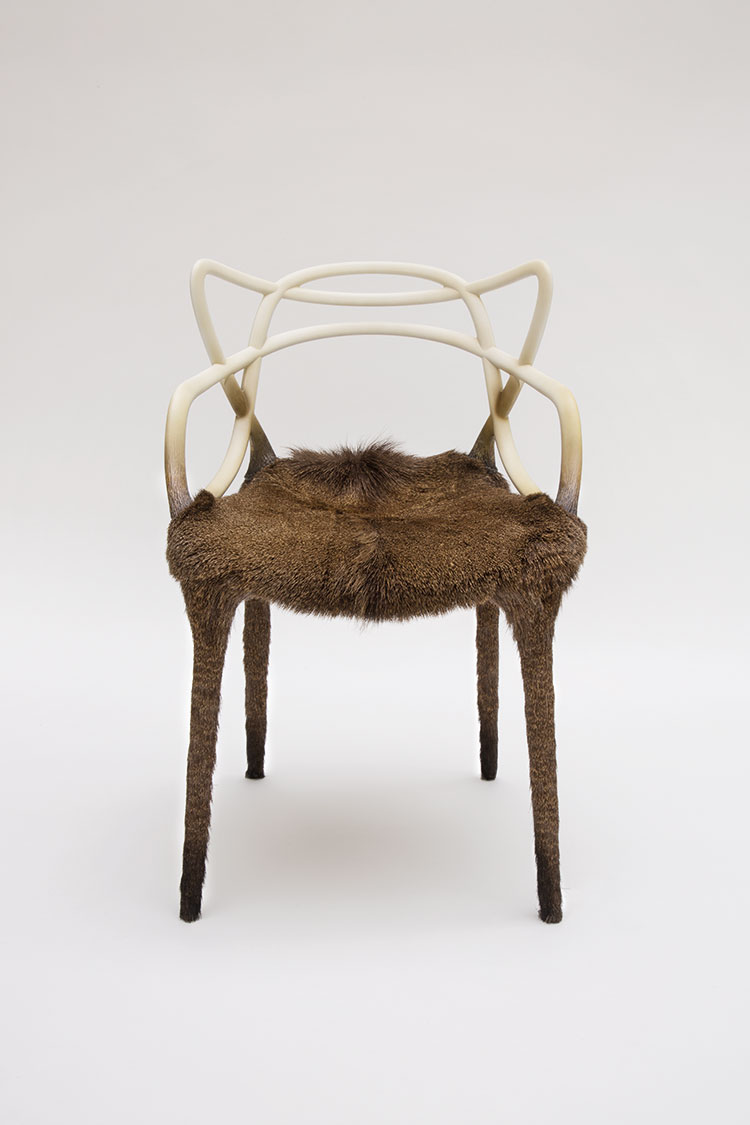
image courtesy of Kartell
Contributed by Jane Linz Roberts, London Metropolitan University Art&Design Saturday Club
Jane is a Theatre and Film designer working with the Saturday Club at London Metropolitan University where she is an Associate Lecturer. She has also taught at Nottingham Trent University and was the designer for the National Theatre of Wales for four years.
Theatre work has taken her all over the country to design sets and costumes for companies such as the National Theatre, regional theatres like York Theatre Royal and Birmingham Rep. Film work is always an adventure. One challenging project involved designing and building a replica of the inside of a 1960s sailing yacht. Another required the central character to levitate above a field at twilight!
Jane is passionate about working with young people because their ideas are exciting and their voices matter. She also loves researching her projects because it involves visiting unusual places (like scrap boatyards!) and extraordinary stories.